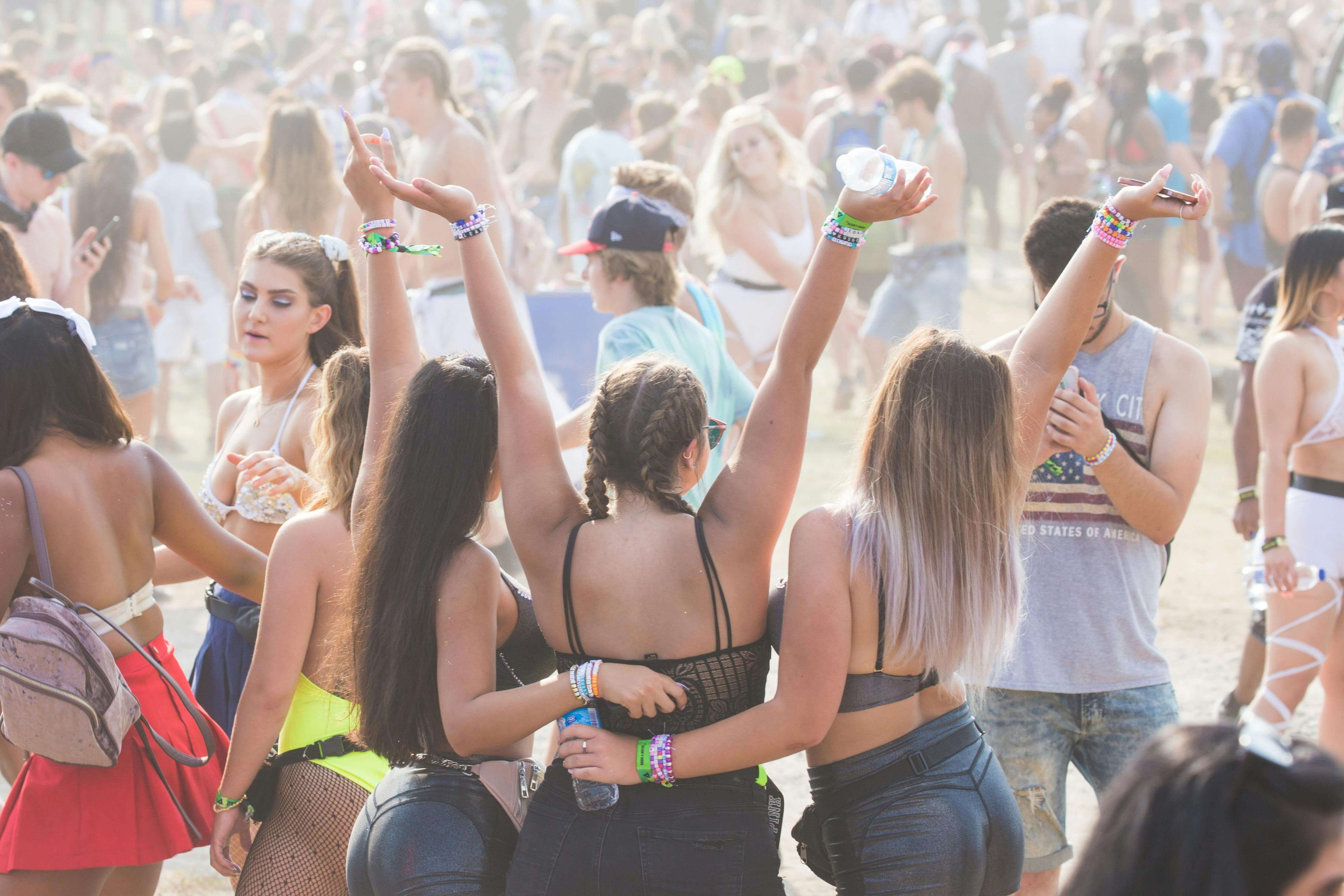
25/11/2025
What makes Untold Festival unique?
Copy link

Bartosz Jaglarz
1 July 2025

Dubai, commonly associated with futuristic architecture, luxury and innovation, also has a rich and fascinating past. If you are a history lover and are looking for a deeper understanding of this extraordinary place, Dubai's historical attractions are sure to delight you. As you wander through its streets, you can discover how a small fishing village grew into a global metropolis, admiring both Dubai's ancient historical sites and modern wonders that have become icons in their own right.
The history of Dubai – the city's tourist attractions are closely intertwined with its evolution over the years. Originally, it was a fishing village whose inhabitants mainly engaged in fishing and pearl diving. It was not until 1833, when the Bani Yas tribe, led by the Al Maktoum family, settled in Dubai, that the city began to develop. Contemporary Dubai is a mixture of Arab, South Asian and European-American traditions, creating a unique cultural melting pot. It is this diversity, as well as the story of how Dubai developed from its beginnings into a commercial and tourist centre, that makes its culture and history so interesting.
To really get to know the history of Dubai, it is worth taking a trip to its historical corners. From areas such as Al Fahidi to the bustling old bazaars of Dubai and authentic heritage villages, the city offers many opportunities to immerse yourself in the past. This guide to Dubai's historical attractions will help you discover places that bear witness to times gone by and are inextricably linked to the identity of the Emirates.
A guide to Dubai's historical attractions is no substitute for a real guide who will tell you about the history and traditions of the city. You can book a tour of old Dubai at attractions in Dubai on the Two Continents website. You can choose just a tour of Old Dubai or combine a tour of the new and old parts of the city with the All Dubai tour.

Modernity in Dubai is visible at every turn, but you only need to delve into the depths of the districts outside the tourist centre to discover a completely different side of the city. To experience the authentic atmosphere of old Dubai, be sure to visit traditional Dubai districts such as:
The key to a comfortable visit to historical attractions is good accommodation. The solution is accommodation in Dubai from Two Continents. Comfortable accommodation in private apartments in a central location in Dubai, close to public transport and attractions of both new and old Dubai, is a hallmark of Two Continents accommodation. This is a particularly recommended option for families and larger groups of friends.

Dubai is not associated with the word ‘monument’. After all, most of the buildings in this city did not exist 50 years ago! However, this does not mean that the whole of Dubai was built from scratch. In the city, you can find fascinating monuments and historical buildings that testify to the city's long and incredible history. If you are wondering what the oldest buildings in Dubai are, here are some of the city's key monuments:
In addition to these historic buildings, Dubai also has modern structures which, due to their significance and influence, are already considered contemporary landmarks of Dubai, such as the Burj Khalifa, the Museum of the Future and the Burj Al Arab. Tickets to visit these landmarks can be purchased on the Two Continents website.

Dubai is the definition of modernity and generational progress, but also of tradition and the preservation of local culture in a rapidly changing and globalising world. If you want to learn about the history of Dubai through artefacts and exhibitions, it is worth visiting the numerous museums:

If you are interested in the history of Dubai – tourist attractions related to its traditions and historical attractions worth seeing in Dubai, the city offers many possibilities for you:
The best way to explore Dubai and learn about the city's traditions is to start by planning your trip, specifically by searching for flights to the United Arab Emirates. Our cheap flight search engine will allow you to find cheap airline tickets every day, including great deals to Dubai, Abu Dhabi and Sharjah Airport.
Dubai is a city that passionately celebrates its past while looking to the future. By visiting these historic buildings in Dubai and immersing yourself in its culture and history, you will understand how much it has to offer to lovers of heritage and authentic experiences. You will get to know Dubai from a historical perspective best during guided tours with Two Continents, learning how the inhabitants of Dubai lived and worked in the past.

After exploring historical sites, it is worth having a place to rest and eat traditional Emirati delicacies. Check out comfortable accommodation in Dubai and book your place in a private apartment with a view of the modern Dubai skyline. For those more interested in flats in Dubai: real estate agency offer in Dubai – check it out and invest/live with us.
In Dubai, you will find many interesting historical sites to visit, such as the historic Al Fahidi district, traditional old neighbourhoods such as Deira and Bur Dubai, and museums such as the Etihad Museum or the Al Shindagha Museum.
You can learn about the history of Dubai and life in the United Arab Emirates in interesting museums in the city: Al Shindagha Museum, Etihad Museum, Saruq Al-Hadid Museum or outside Dubai, for example in Hatta Heritage Village. You can also visit the Old Town of Dubai with a Polish guide from Two Continents on an organised tour.
The most important monuments in Dubai are: Al Fahidi Fort, the oldest building in Dubai, built in 1787, Burj Nahar Tower, Sheikh Saeed Al Maktoum House and Al Ahmadiya School. Also important are the modern landmarks, so called because of their cult status in the city, namely Burj Khalifa, Burj Al Arab and the Museum of the Future.
Cover photo: Domenico Convertini, Flickr, CC BY-SA 2.0
See other news

25/11/2025
What makes Untold Festival unique?
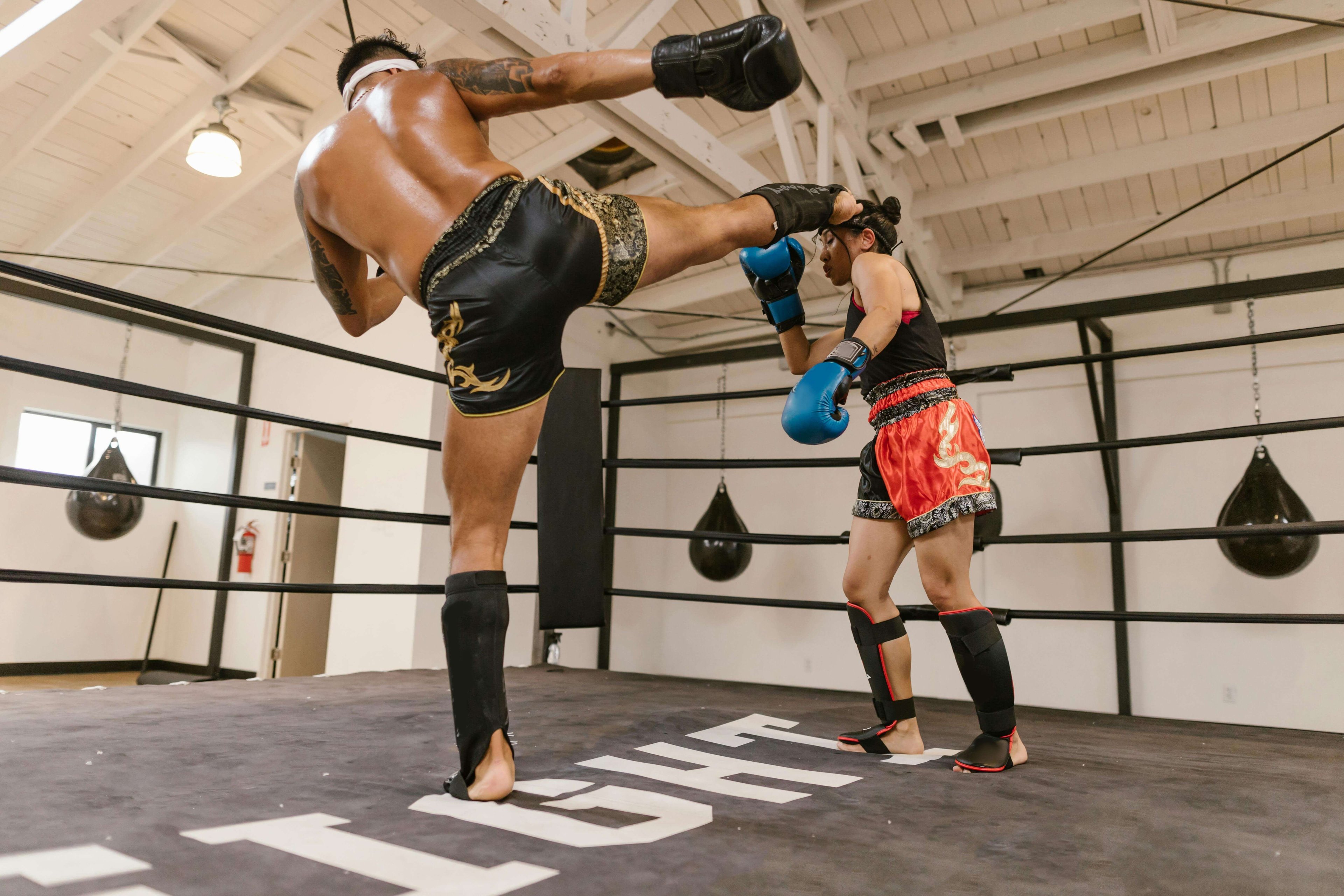
25/11/2025
MMA clubs in Dubai – where to go for training?

25/11/2025
Where to roller skate in Dubai?
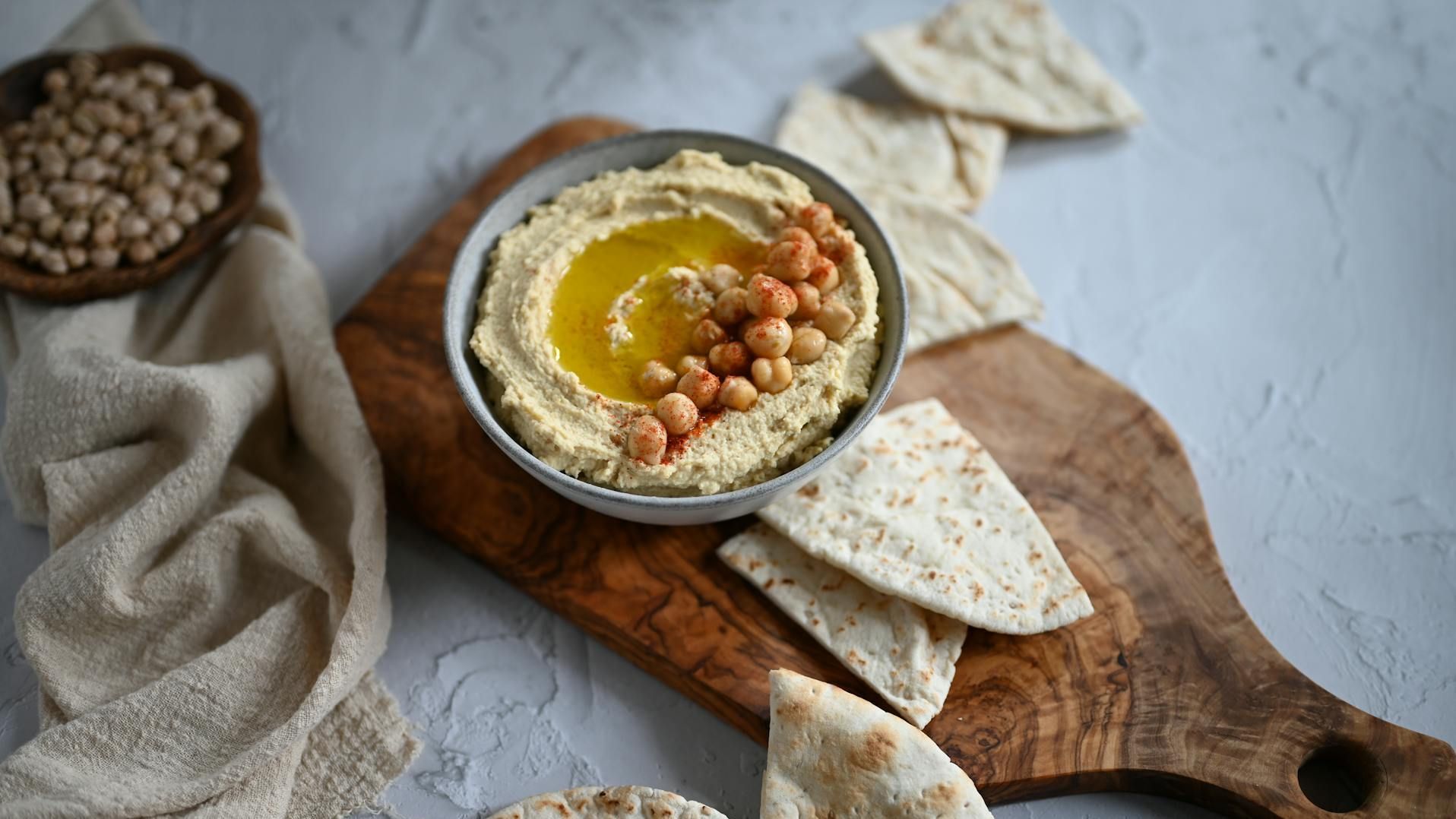
25/11/2025
The best breakfasts in Dubai

25/11/2025
Vegan cuisine in Dubai: Discover the best plant-based flavors of the Emirates
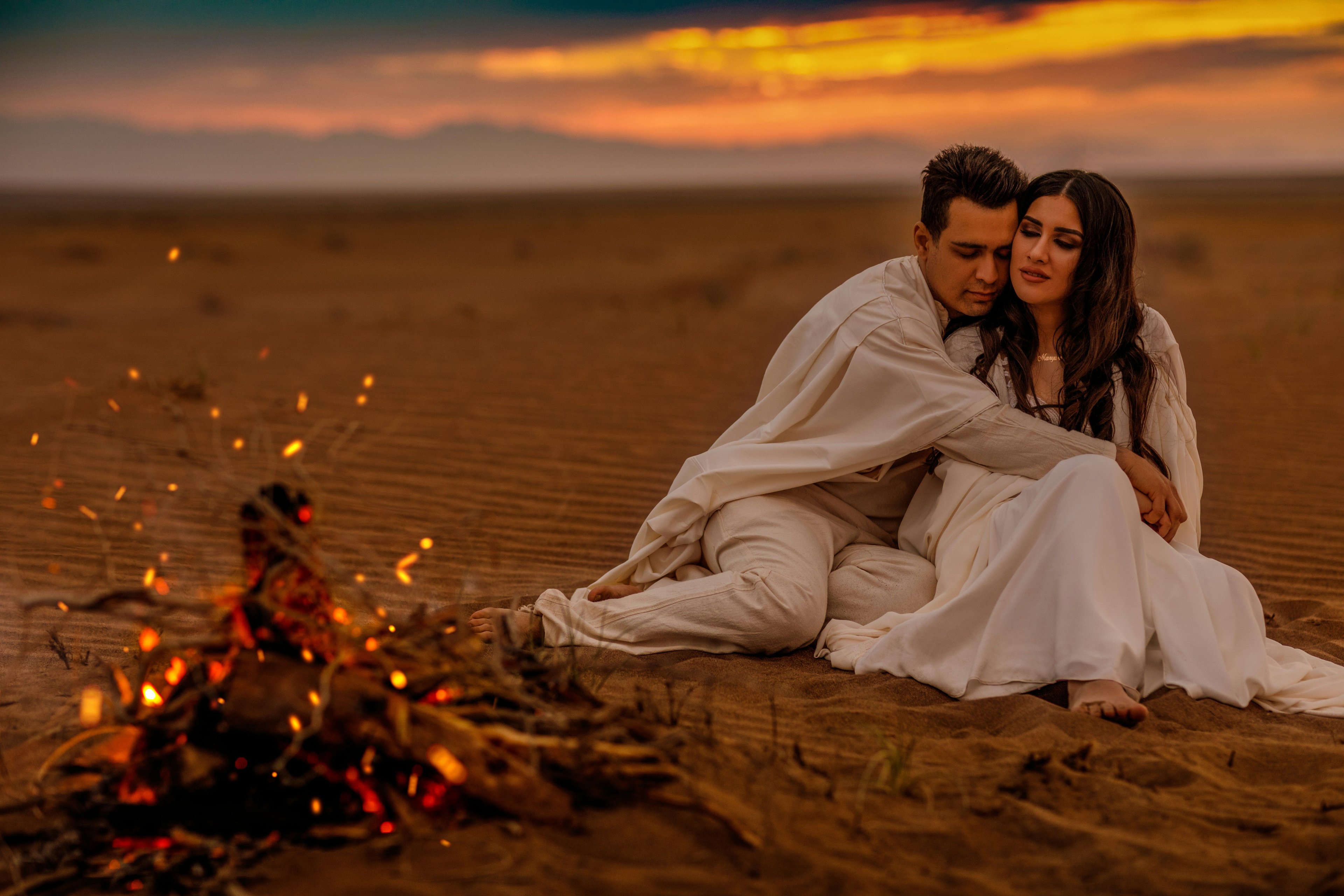
25/11/2025
Can you sleep together in Dubai without being married?
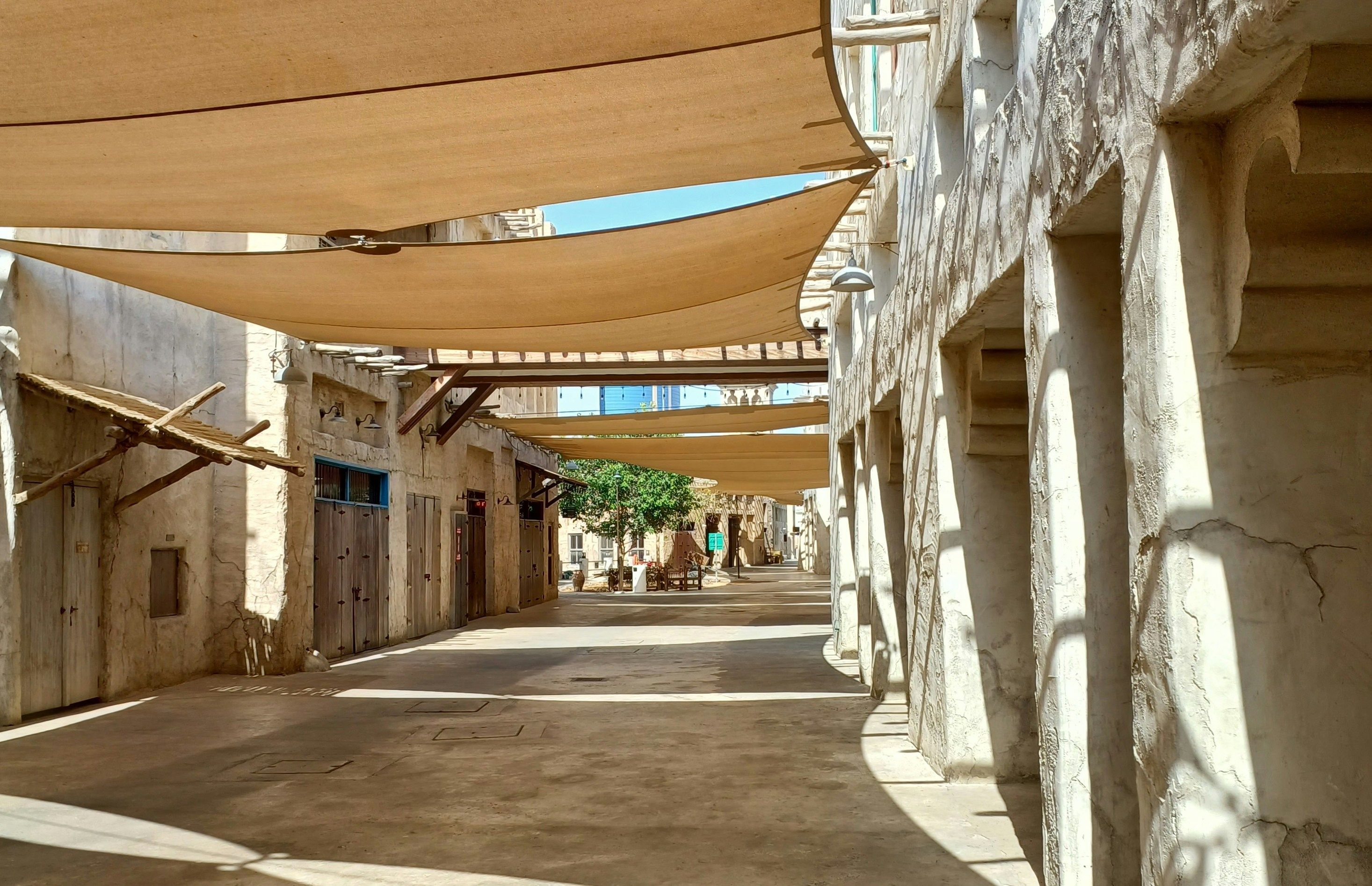
25/11/2025
Al Seef Heritage Souq - Guide
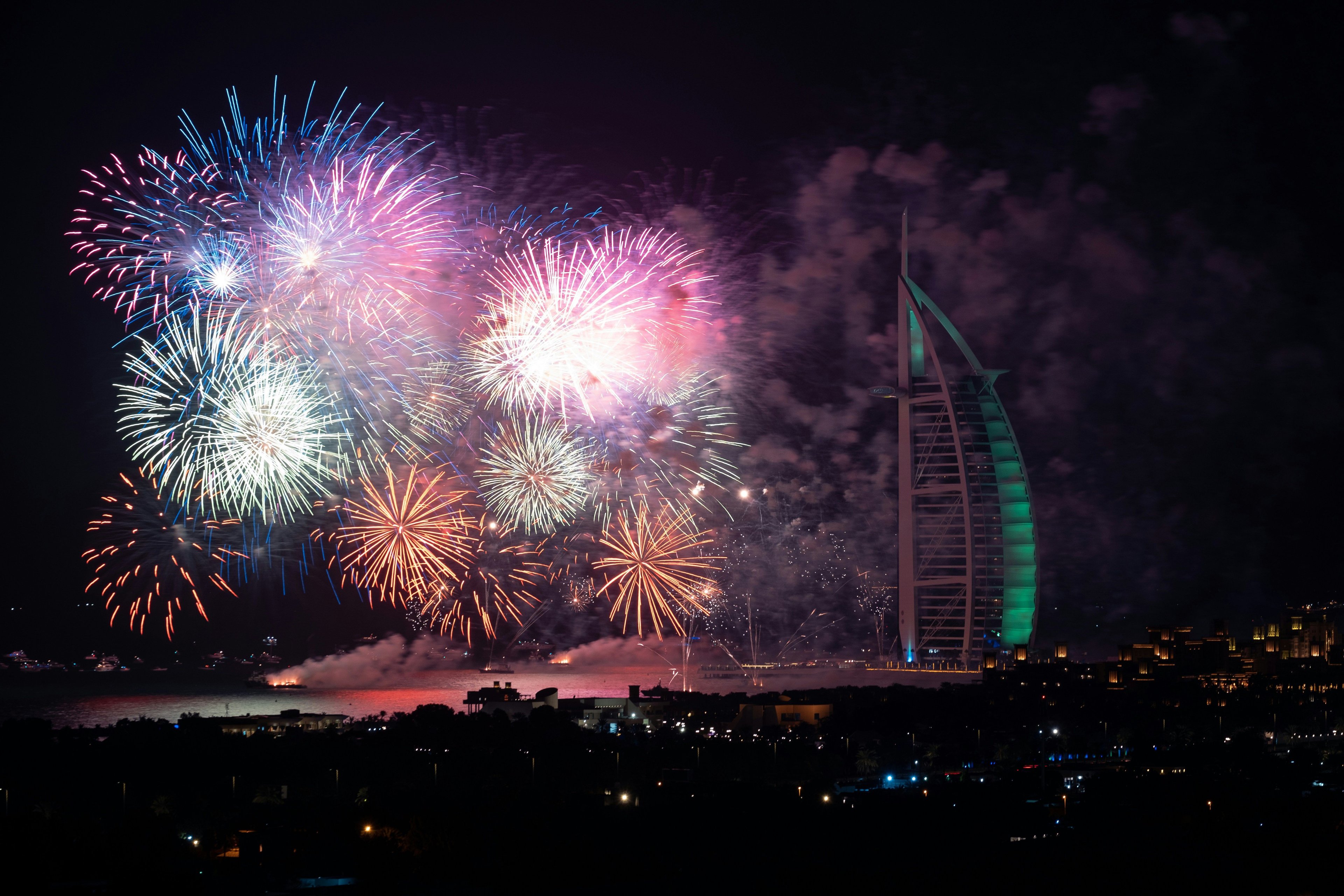
25/11/2025
New Year's Eve Parties and Events in Dubai
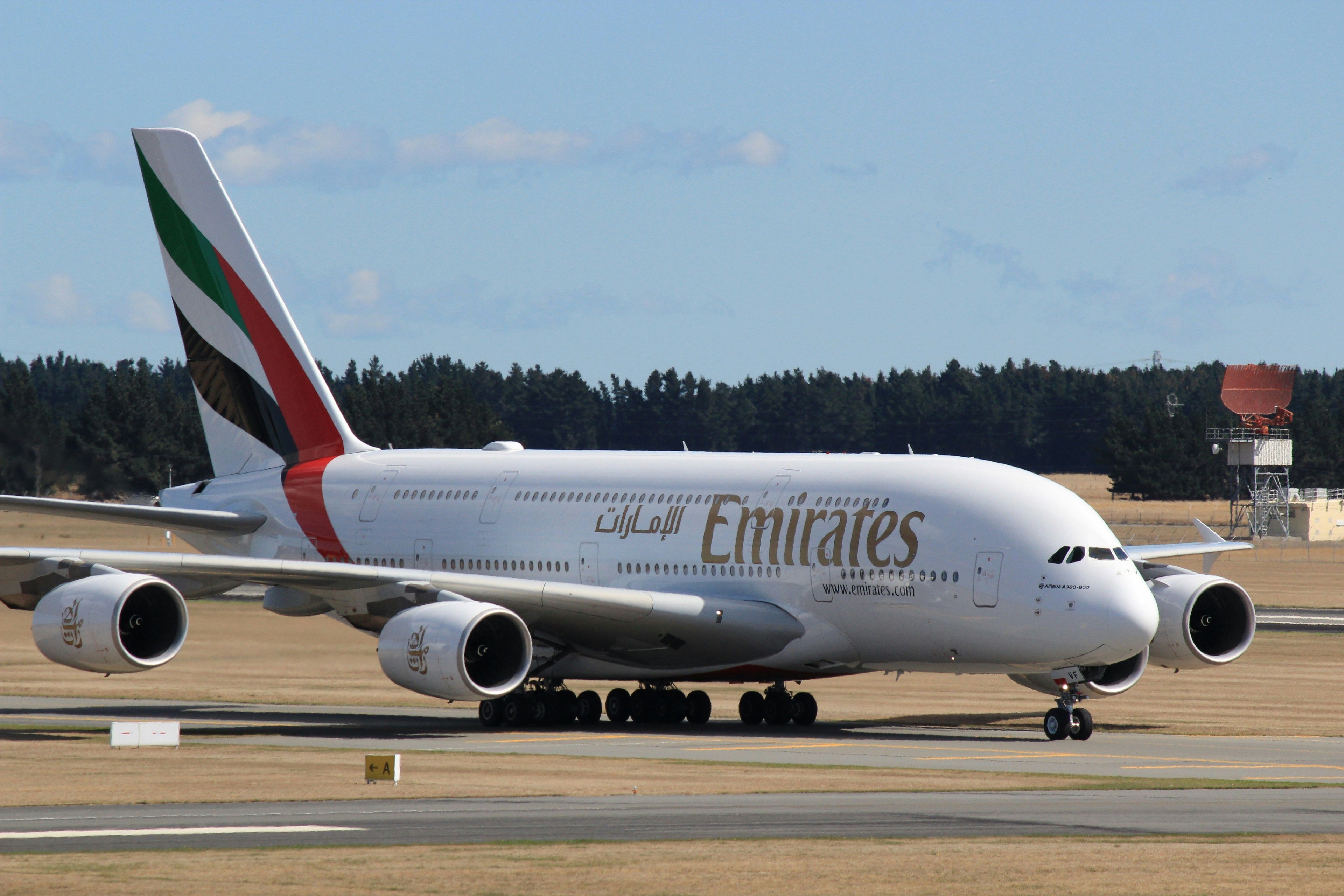
21/11/2025
Emirates to introduce free Starlink internet on all aircraft
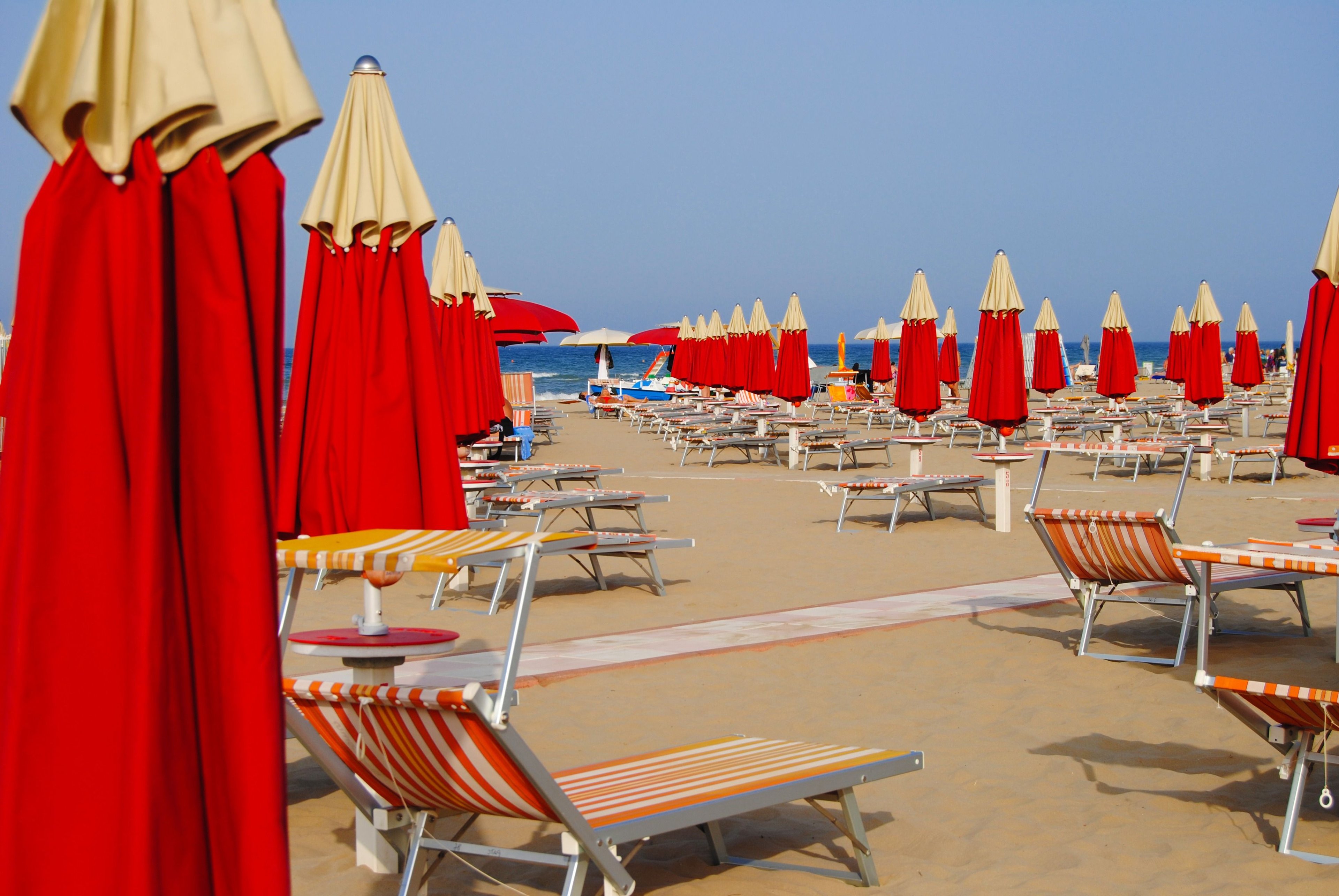
20/11/2025
Wizz Air to launch holiday route from Katowice to Rimini